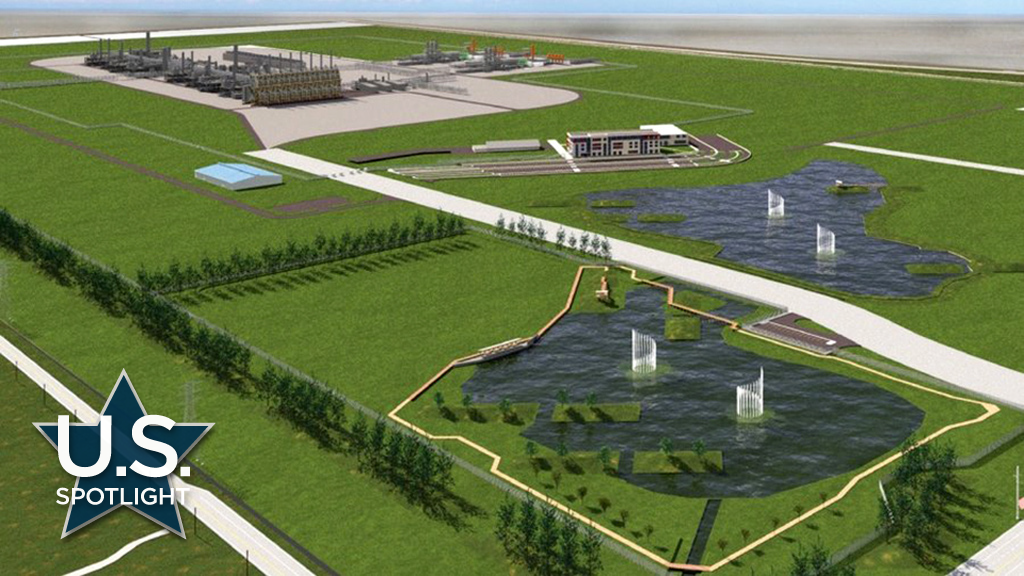Electrical power when needed continues to be a priority in Texas. The state’s population and economic growth demands it, particularly when recurrent extreme heat and other weather calamities hit suddenly and hard. This past summer alone, there were 10 all-time records for power demand and more than a dozen conservation notices.
Power demand surges sent spot prices for electricity up as much as 6,000 per cent this summer, according to Bloomberg News. Even as late as mid-September, the state was still declaring emergencies.
Texas generates a large portion of its power from non-fossil sources such as renewables and nuclear. During peak demand periods this summer, power from these sources jumped to as much as 55 per cent of total generation and continued at 50 per cent during evening peaks, according to statistics from the federal Energy Information Administration. In fact, wind and solar generation are somewhat complementary. Wind turbines often start up as the sun goes down, replacing declining solar generation.
Even so, Woody Rickerson, COO of the state’s Electric Reliability Council of Texas (ERCOT), which manages 90 per cent of the state’s electrical grid, is not satisfied with the reliability of renewables.
“Our grid is not the grid we’ve had in the past,” he told E&E News. He said resources like wind and solar “don’t behave in the same ways” as traditional gas and coal plants and can’t be counted on during storms and extreme heat waves. That puts reliability back on fossil-fuelled generation.
Concerns over grid reliability have caused Texas lawmakers to pass legislation ahead of what is expected to be another hot summer in 2024. Specific to renewables, new bills would require any new power source connecting to the grid beginning in 2027 to produce a predetermined amount of power during to-be-defined periods of high demand, or face penalties. That will likely require renewable facilities to have standby battery storage when not able to generate their set quantities in real time.
It’s another reason why battery storage is becoming a growth industry in Texas, alongside renewables.
Houston-based Enel North America is expanding its battery electric storage capabilities across the state, ramping up total storage to as much as 780MWh, with more to come in 2024. This will be linked to ERCOT’s Ancillary Services program which dispatches energy during grid emergencies.
Agilitas Energy, based in Massachusetts, entered the Texas power market in March this year, purchasing six energy storage systems in Houston. The company has another Houston area storage project underway and a possible second one in Bayou City, both set to open by the end of 2023. Size doesn’t matter when it comes to providing grid reliability.
A pilot project developed by ERCOT under the direction of the Public Utility Commission of Texas is examining how smaller consumer-owned energy devices such as home battery energy storage systems, backup generators, and controllable Electric Vehicle chargers, can be virtually aggregated and participate as a resource in the wholesale electricity market to strengthen grid reliability.
However, traditional thermal power sources like gas and coal are seen as critical for providing base load power requirements when renewables cannot. Almost half of the state’s base load capacity continues to be met by fossil fuel generators, forcing ERCOT to consider reliability-must-run action to prevent the retirement of older fossil-fuelled generation facilities, with ERCOT paying for that power to stay online.
Meanwhile, wind and solar are expanding across Texas at a fast pace, despite the loss of property tax concessions that expired at the end of 2022 and not renewed under new, replacement tax code legislation.
Furthermore, some new regulations, criticized as politicized obstructions to renewables, are seen as little more than concessions to the influential fossil fuel industry.
In order to win PUC approval, developers of new, large-scale wind and solar farms must now pay a yearly fee and are required to obtain a new permit for any significant changes made to existing projects. Also, new wind turbines are required to be built at least 3,000 feet from property lines.
Ironically, there are crossover partnerships between renewable power and the fossil fuel industry. A $10 billion petrochemical complex in South Texas, a joint venture between Energy giant BP PLC and Saudi Basic Industries Corp., is expected to open in late 2024, intends to be powered by a nearby 187-megawatt solar farm.
Texas has work to do to reduce its overall CO2 footprint and power generation has a big part to play. According to an RMI analysis, Texas is the worst state in the country in terms of progress towards the U.S. 2030 emission goals.











Recent Comments
comments for this post are closed